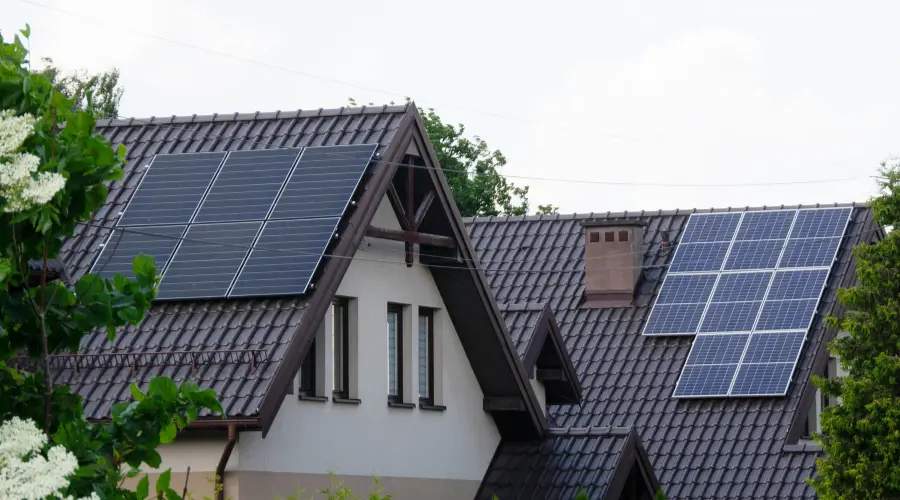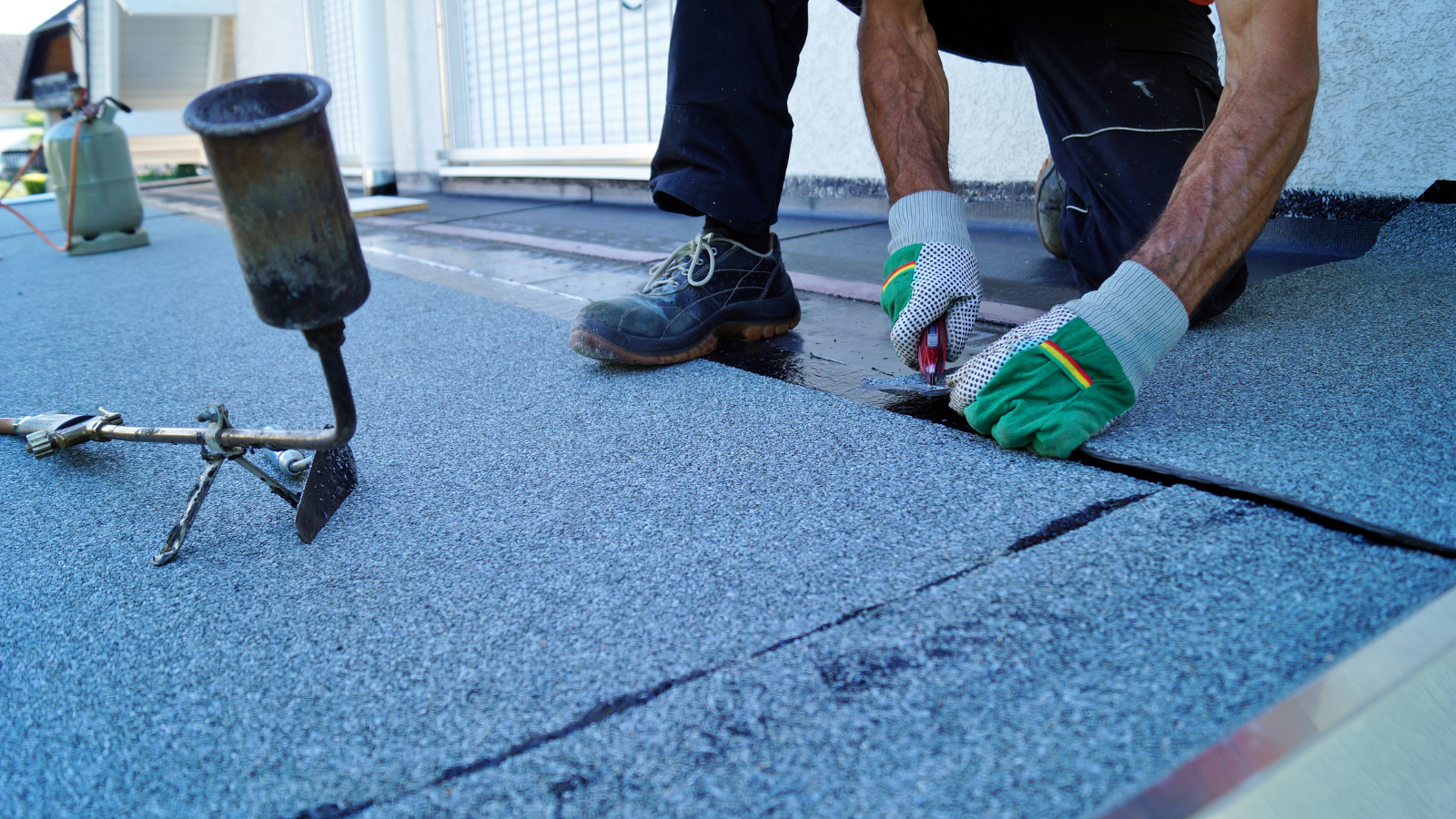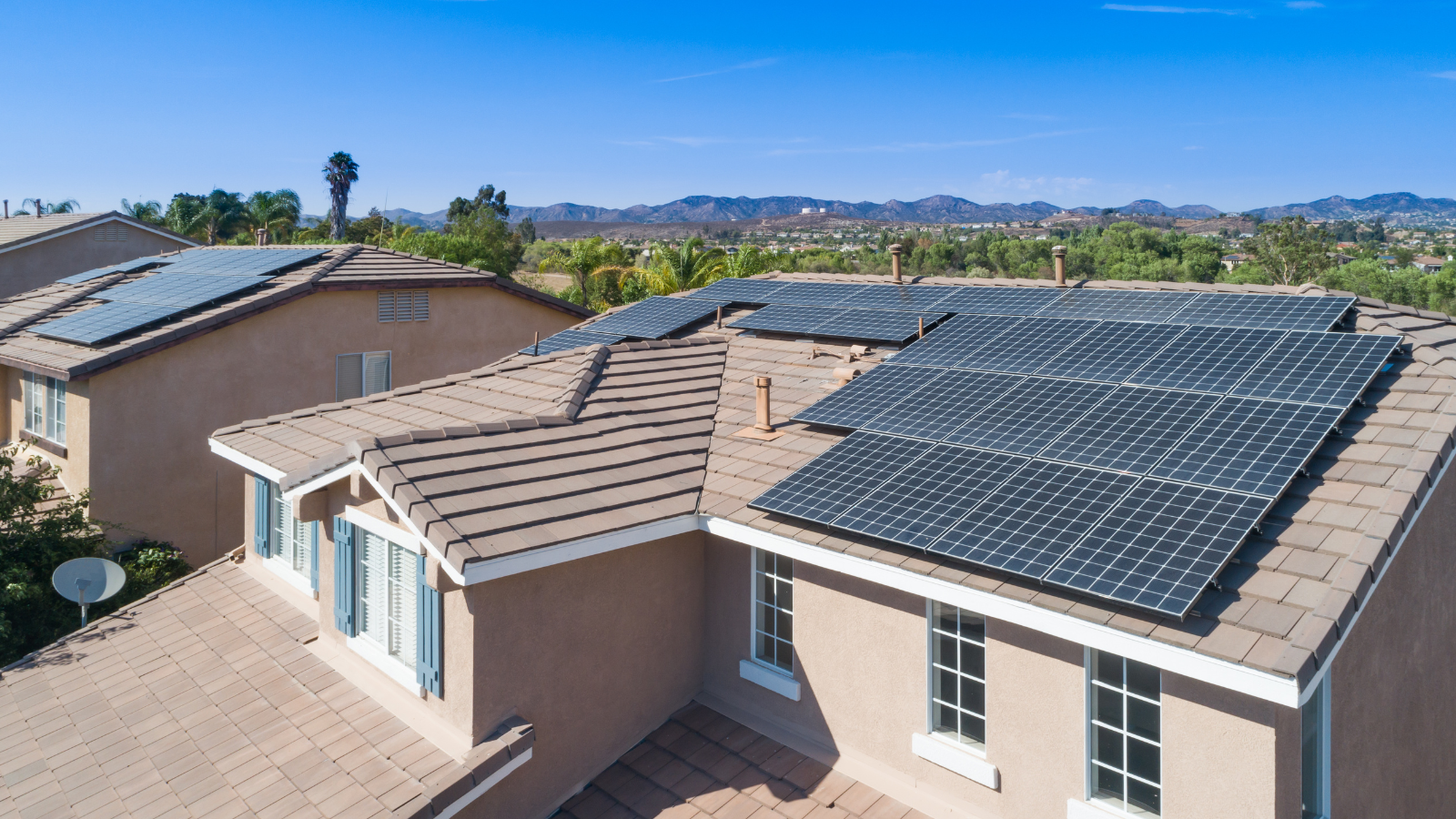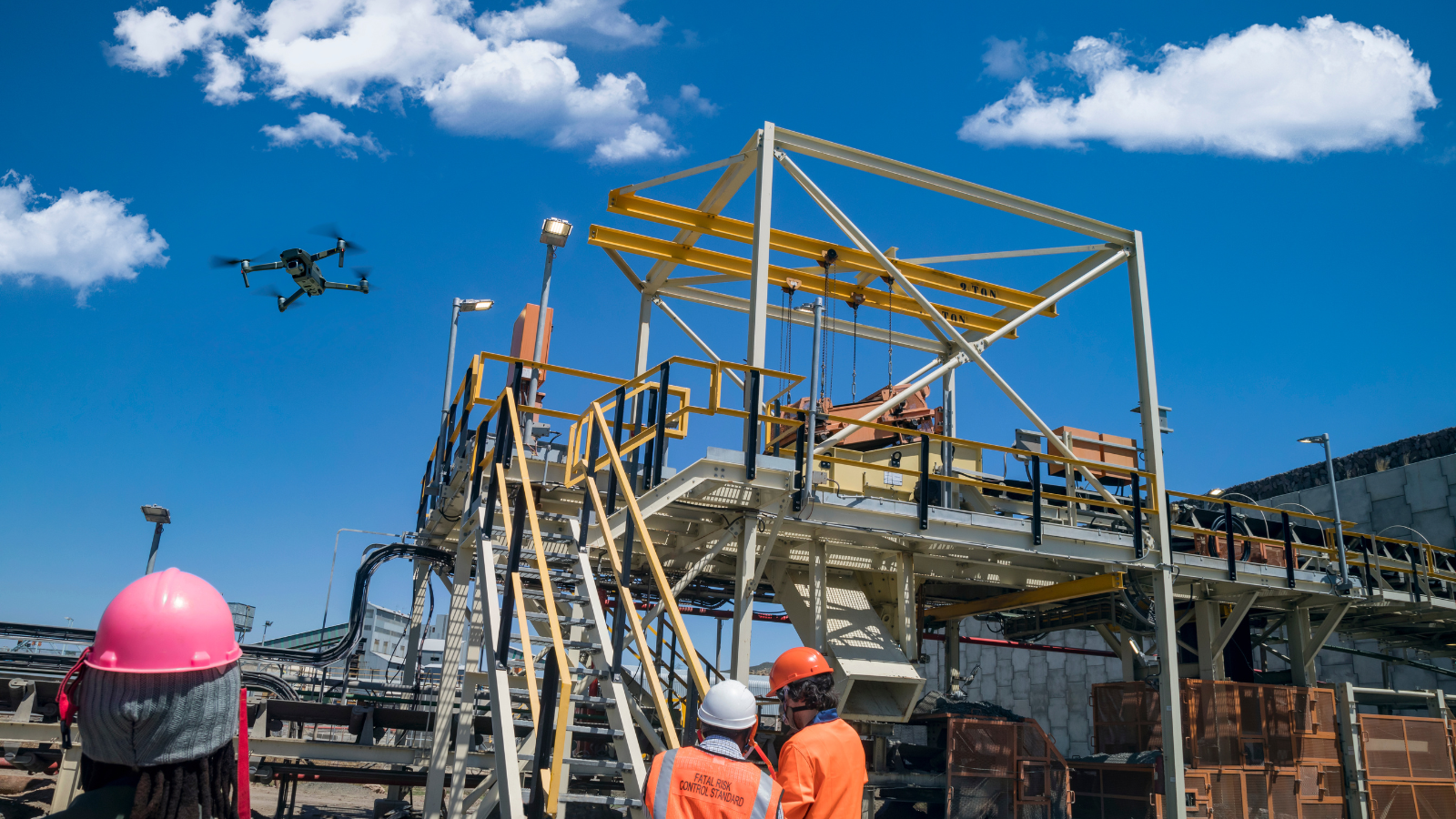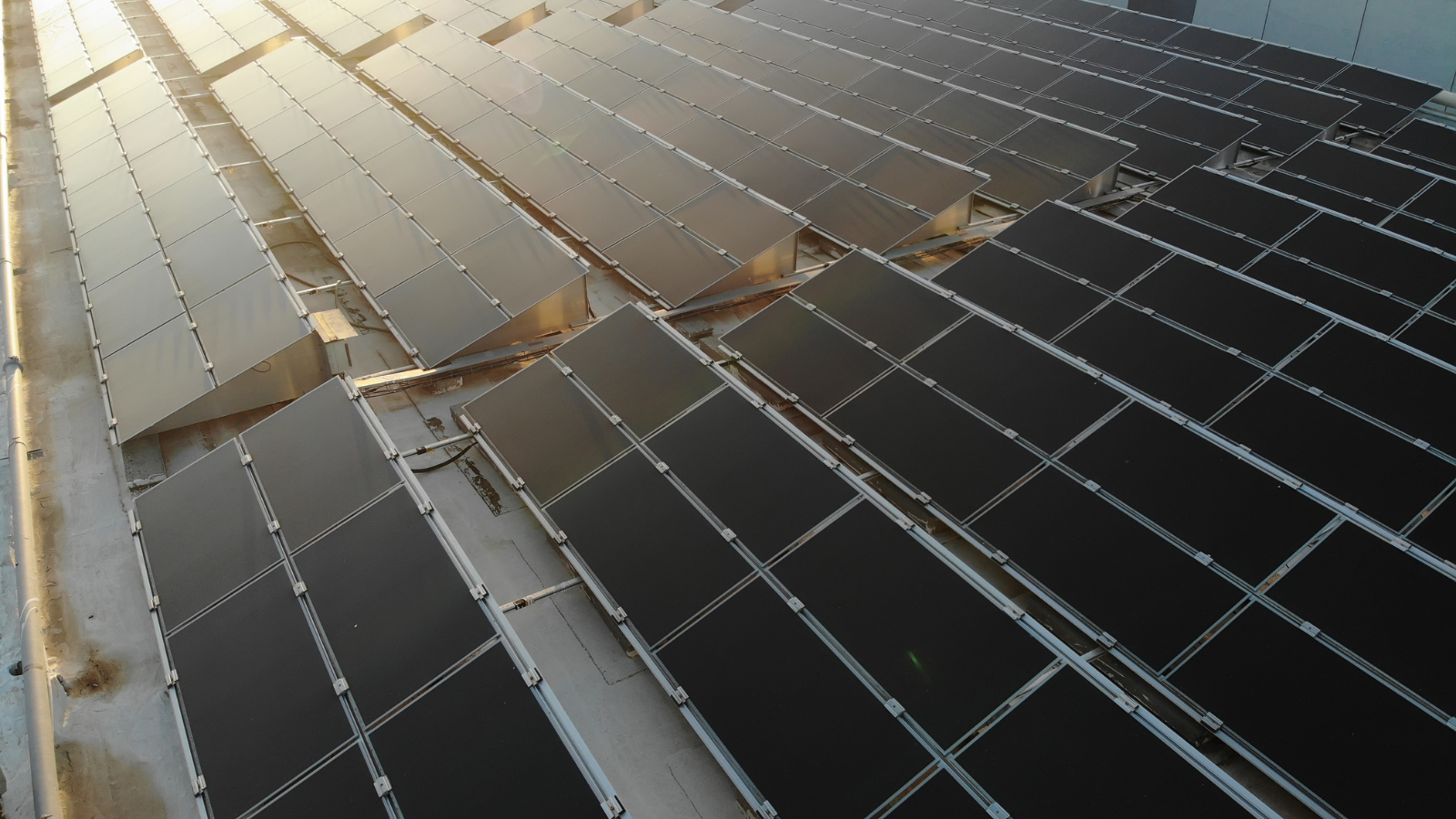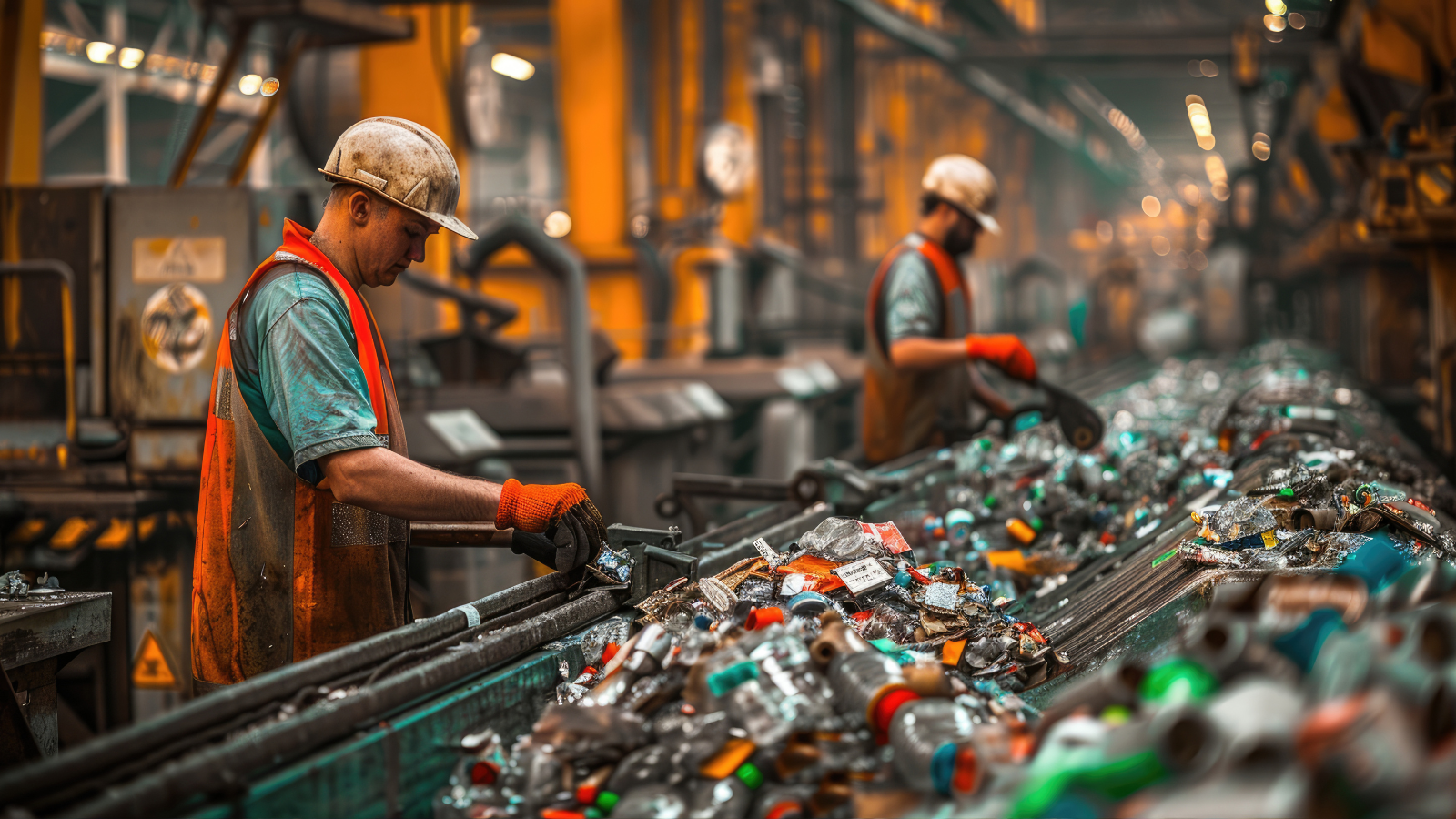Sustainability meets innovation with green roofing options that not only beautify your home but also make a positive impact on the environment. From living roofs to solar panels, explore how these eco-friendly solutions transform your roof into an asset for energy efficiency and sustainability.
Key Takeaways
- Energy Efficiency: Green and solar roofs reduce energy consumption by providing insulation and generating renewable energy.
- Environmental Benefits: Green roofs support biodiversity and reduce urban heat islands, while solar roofs decrease greenhouse gas emissions.
- Property Value: Homes with eco-friendly roofing systems appeal more to buyers and often have higher market value.
- Stormwater Management: Living roofs absorb rainwater, reducing runoff and flood risks in urban areas.
- Cost Considerations: Initial installation can be expensive, but long-term savings and incentives make these systems worthwhile investments.
What is Green Roofing?
Green roofing, also known as “living roofs” or “vegetated roofs,” involves installing vegetation on a building’s roof. This system integrates plants, soil, and specialized materials to create a natural habitat with numerous environmental and economic benefits.
Types of Green Roofs
- Intensive Green Roofs:
- Support a wide range of plants, including shrubs and trees.
- Often designed as accessible recreational spaces.
- Require significant structural support and ongoing maintenance.
- Extensive Green Roofs:
- Feature low-maintenance vegetation such as mosses, grasses, and sedums.
- Lighter and more suited to existing buildings with limited structural capacity.
- Primarily used for environmental benefits like insulation and stormwater management.
Eco-Friendly Roofing Solutions Overview
In addition to green roofs, there are other roofing solutions designed to minimize environmental impact and enhance sustainability:
- Living Roofs:
- Add greenery, reduce urban heat, and manage stormwater.
- Solar Roofs:
- Photovoltaic panels convert sunlight into electricity, reducing energy costs and reliance on fossil fuels.
- Cool Roofs:
- Use reflective materials to reduce heat absorption, lowering cooling costs in warmer climates.
- Recycled Material Roofs:
- Made from sustainable or repurposed materials, reducing landfill waste.
How Green Roofs and Solar Panels Benefit Your Home
Energy Efficiency
- Green Roofs: Provide natural insulation, lowering heating and cooling needs.
- Solar Panels: Generate renewable energy, significantly reducing electricity bills.
Environmental Impact
- Green Roofs: Combat urban heat islands, improve air quality, and support biodiversity.
- Solar Panels: Cut down on greenhouse gas emissions by generating clean energy.
Stormwater Management
- Green Roofs: Absorb rainwater, reducing runoff and the likelihood of flooding—an advantage in cities with limited green spaces.
Enhanced Aesthetic Appeal
- Green roofs add a touch of natural beauty and tranquility.
- Solar panels seamlessly integrate into modern architectural designs.
Advantages of Green Roofing Options
Green Roofs
- Energy Savings: Provide natural temperature regulation, reducing HVAC costs.
- Urban Benefits: Reduce noise pollution and improve urban air quality.
- Longevity: Protect the underlying roof membrane, extending its lifespan.
Solar Panels
- Cost Efficiency: Many regions offer tax incentives and rebates for installing solar panels.
- Durability: Solar panels often come with 20-25 years of warranties, ensuring a long-term investment.
- Versatility: This can be combined with other roofing solutions, such as green roofs, for maximum impact.
Challenges and Disadvantages
Initial Costs
- Installing green roofs and solar panels can be expensive, though rebates and long-term savings offset these costs over time.
Maintenance Requirements
- Green Roofs: Require periodic weeding, irrigation, and inspections to maintain plant health and system integrity.
- Solar Panels: Need occasional cleaning to maximize energy efficiency.
Structural Limitations
- Older buildings may need structural reinforcements to support the weight of green roofs.
- Roofs must have sufficient sunlight and orientation to optimize solar panel performance.
Frequently Asked Questions (FAQs)
Q: How do I determine if my roof is suitable for a green or solar roof?
A: Consult with roofing experts to evaluate your roof’s structural capacity, sunlight exposure, and local climate. They can recommend the best solution tailored to your needs.
Q: Are there any incentives for installing green or solar roofs?
A: Yes, many regions offer tax credits, rebates, and grants for eco-friendly roofing installations. Check with your local government or energy provider for available programs.
Q: Do green roofs attract pests?
A: Properly maintained green roofs do not attract pests. Using appropriate vegetation and conducting regular maintenance minimizes the risk.
Q: Can green roofs and solar panels be installed together? A: Yes! Combining these systems can maximize energy efficiency and environmental benefits. Solar panels can be installed on a green roof with adequate structural support.
Q: How long do green roofs last?
A: With proper maintenance, green roofs can last 40 years or more, often outliving conventional roofs.
Q: What is the average return on investment for solar panels?
A: Depending on your energy usage and local incentives, most homeowners recoup their investment within 7-10 years, with savings continuing for decades.
Q: Are green roofs suitable for all climates?
A: Green roofs can be adapted to most climates with the right plant selection and irrigation systems. However, regions with extreme weather may require specialized designs.
Q: How do green roofs handle heavy rain?
A: Green roofs are designed with drainage layers to manage excess water, preventing pooling and structural damage.
Q: Can I DIY a green or solar roof?
A: While some elements can be DIY, professional installation ensures proper design, safety, and long-term performance.
Conclusion
Green roofing options, including living and solar roofs, represent a transformative approach to sustainable living. By investing in these solutions, homeowners can reduce energy consumption, enhance property value, and contribute to a greener planet. While the initial costs may seem high, the environmental benefits, long-term savings, and available incentives make these systems a wise investment. Take the first step toward a more sustainable future by exploring green roofing options with a trusted roofing expert today.
Protect Your Home with a Roof You Can Trust!
Contact Wayne Roofing Company today for a free estimate and expert advice Call us now at (862) 292-9892 or visit to schedule your consultation

